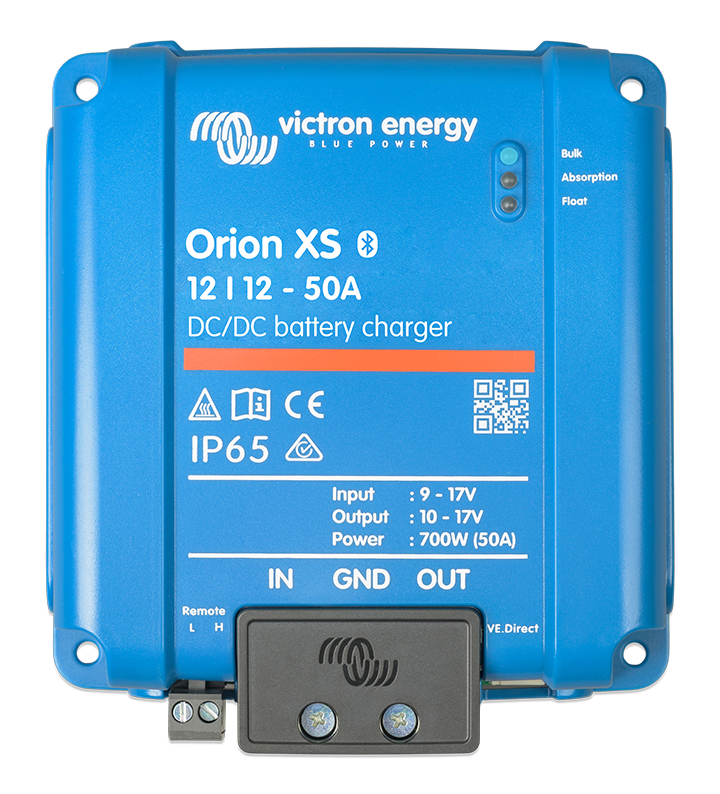jssailem
SBO Weather and Forecasting Forum Jim & John
- Oct 22, 2014
- 23,792
While I recognize the value of LiFePO4 battery life and the increased battery capacity performance. From a cost benefits perspective total cost of getting said performance should be compared to the total cost of available performance using current systems on the boat.
For storage, Seattle based users can acquire a Dyno deep cycle FLA battery from the manufacturer/distributor that fits in a Group27 foot print, weighing 65lbs and supplies 135 Ahrs for $176 USD. The batteries are said to have a life cycle of 700 charge cycles. My experience was 5 seasons useful life before I replaced them. I did not wait till they died. I changed them out when I felt the capacity had dropped to a point that I felt uncomfortable. I have since installed a better SOC data display system. It is relevant to note that the system I purchased in 2015 and installed is designed around the FLA battery profile. While some of the system can be adapted to LiFePO4 I would have to invest money updated systems to optimize charging and monitoring.
For storage, Seattle based users can acquire a Dyno deep cycle FLA battery from the manufacturer/distributor that fits in a Group27 foot print, weighing 65lbs and supplies 135 Ahrs for $176 USD. The batteries are said to have a life cycle of 700 charge cycles. My experience was 5 seasons useful life before I replaced them. I did not wait till they died. I changed them out when I felt the capacity had dropped to a point that I felt uncomfortable. I have since installed a better SOC data display system. It is relevant to note that the system I purchased in 2015 and installed is designed around the FLA battery profile. While some of the system can be adapted to LiFePO4 I would have to invest money updated systems to optimize charging and monitoring.



